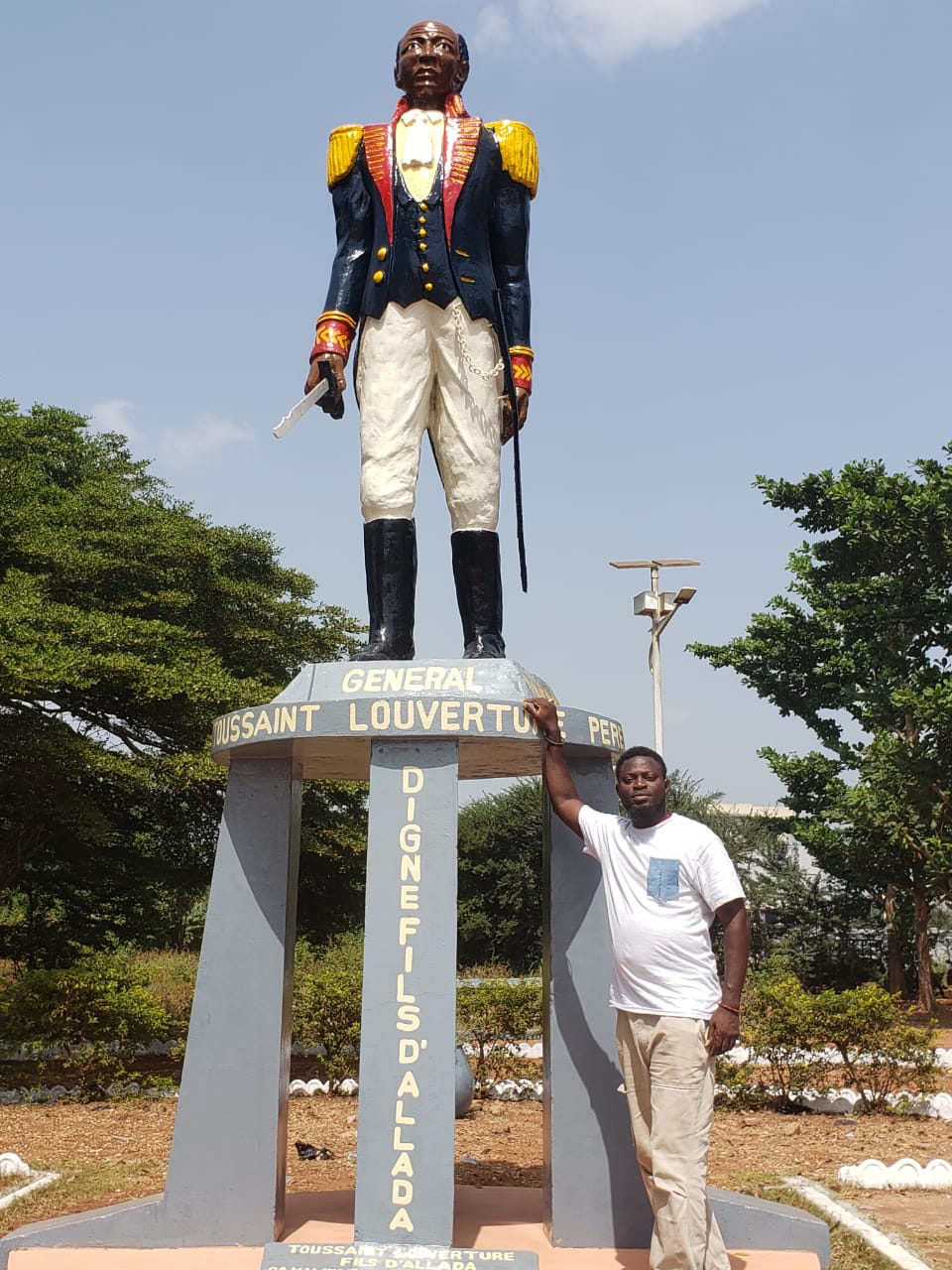 | |
| Abile (Clara Turner) and her Husband Oluwale Kasola (Cudjo Lewis) in 1910 |
The American
state of Alabama is rich in history although some are not pleasant, yet the
people can take advantage of the opportunities that seems not to be there. In reality,
opportunities are not given it is created.
The Clotilda
was the name of the recorded last slave ship to the United States of America. ‘’Recorded
last slave ship’’, because many came to the U.S.A illegally and were not
documented.
The Clotilda
arrived in Alabama on the night of a Sunday, dated 8th of July,
1860. Many among the slaves that were taken to the Americas through the slave
port of Whydah (Ouidah), Benin republic were of Yoruba Stock.
The economy
of Dahomey was established on slave trading ventures. It was on one of such
slaving expedition in April, 1860, that Gezo, the king of Dahomey, and his
soldiers attacked Isha, a Yoruba town in Eastern Benin republic in the Bante
region. Gezo killed the king and took the others as prisoners to Abomey, the
capital of Dahomey.
Later, they
were marched to Whydah on the Coast where they were held in the Barracoon for
about three weeks. Isha is the name of the town of the last survivor of the
Clotilda, Oluwale Kasola also known as Cudjoe Lewis.
The group
includes other tribal villages near Abomey that were destroyed by the Dahomey king.
The
prisoners of wars were bought and taken across the Atlantic Ocean to the United
States. They boarded a ship called the Clotilda. It had on board about 110 to
160 slaves. The slaves were forced on board naked and thirsty. They were
humiliated and degraded.
The ship was
captained by William Foster, who was by profession a ship builder in Mobile
Alabama. The journey lasted for about 45 days from Whydah to Mobile.
The last
survivor of the Clotilda became a hero because of his remembrance of home,
journey on the Clotilda, desire to return home which became futile and the
founding of the African Town.
The last
survivor was Oluwale Kasola (known as Cudjo Lewis). He was born in Africa and
died in 1935 in Mobile at the age of 94years. He helped to found the Mobile
settlement with the other formerly enslaved members from the Clotilda. The town
was named African Town.
The Clotilda
slave ship was owned by William Foster. The Clotilda came to Ouidah in the Bight
of Benin, on a bet by Timothy Meaher that he could "bring a shipful of
niggers right into Mobile Bay under the officers' noses." He won the bet.
Oluwale
Kasola was owned by James Meaher, who was the brother of the organizer of the
slave expedition called Timothy Meaher.
Unfortunately
for Oluwale Kasola, his master Mr. James Meaher was unable to pronounce his
name so he called him Cudjo (this is a name given by the Fon and Ewe people of
West Africa to boys born on Monday. His master does not know his birth day and
care less).
Oluwale took
the name Lewis when he later got his freedom. He became known as Cudjo Lewis
but he never forgot his real name.
Oluwale
Kasola (Cudjo Lewis) got married to Abile, a young Yoruba woman who was also on
the Clotilda slave ship. Their dream and others who came on the Clotilda was to
return to their ancestral home. They all died in Mobile and Oluwale and his
family were on able to raise enough money to return home.
Oluwale
Kasola was known by different names, and spellings such as Cudjoe Lewis, Oluale,
Charlie Lewis, Cudjo Kazoola Lewis etc.
His wife
Abile was also known as Abache and Clara Turner.
Both young
and old people should take advantage of the potentials that education offers in
Alabama. More museums of history should be built and preservation policies
should be formulated with the objective of promoting human dignity.
Is ‘’Home’’
where ever you find yourself (either willingly or not)? Black people in Alabama
should build a mind bridge across the Atlantic Ocean and desire a cultural
exchange especially to Yorubaland and fulfill the desire of the Clotilda
prisoners of war who were enslaved and unable to return home.
REFERENCES
1. Anago
James Akeem Osho, LekeLeke: Folk stories, Poems, Maxims, and Tourism Adventure
Pictures, Rafisho Commercial Agencies 2015
2.http://www.sylvianediouf.com/dreams_of_africa_in_alabama__the_slave_ship_clotilda_and_the_story_of_the_last_a_58311.htm
4. "Question of the Month: Cudjo Lewis: Last African
Slave in the U.S.?", by David Pilgrim, Curator, Jim Crow Museum, July
2005,
5. James D. Lockett,
"The Last Ship That Brought Slaves from Africa to America: The Landing of
the Clotilde at Mobile in the Autumn of 1859", The Western Journal of
Black Studies, Vol. 22, 1998, web
Anago James Akeem Osho, is an International Tour Guide, historian, Africa roots reconnection Ambassador, Author, nature and cultural preservationist.
